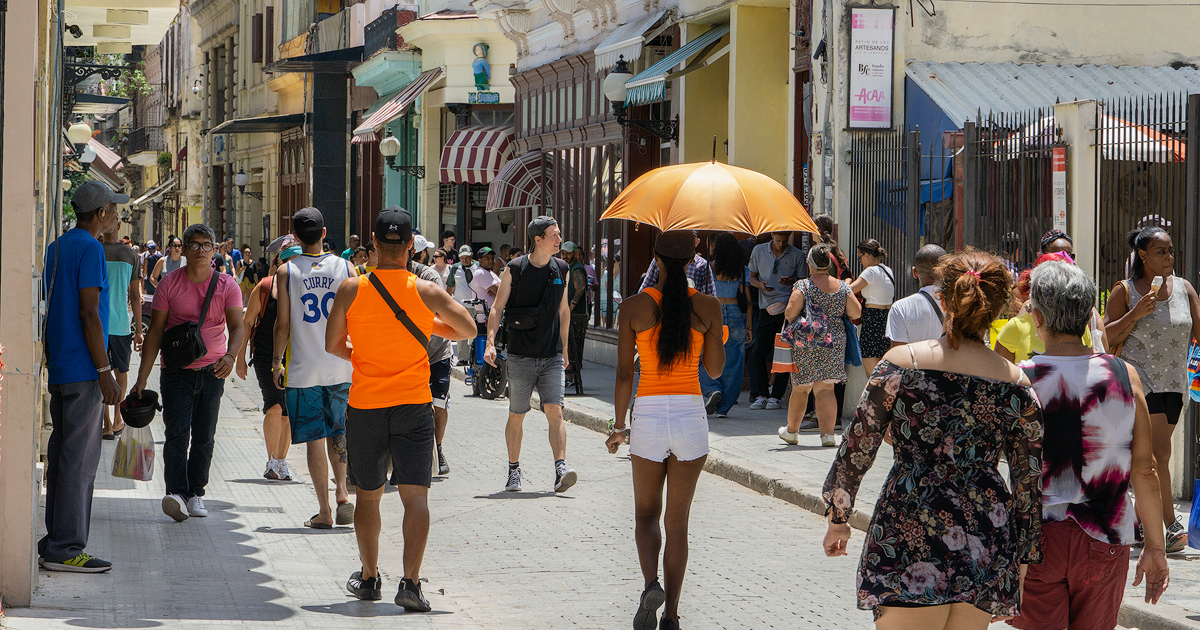The Cuban Observatory for Citizen Audit (OCAC) has released a report highlighting a concerning rise in criminal activity on the island during the first half of 2024. Cuba Siglo 21 explained that the report is based on monitoring complaints on social media and in the press, as the regime keeps these data secret and only occasionally releases information, often with questionable transparency.
During the first six months of 2024, a total of 432 crimes were reported, averaging 2.37 crimes per day, significantly exceeding the figures reported for the same period in 2023. The breakdown of the crimes includes 91 murders, 260 thefts, 39 assaults, 29 aggressions, and 13 classified as other crimes.
These numbers indicate a significant increase, with a 152% rise in the crime rate compared to the first half of the previous year. Alarmingly, murders grew by 111%, assaults by 290%, and thefts by 208%.
The report reveals that the victims of these 432 crimes included 254 individuals, comprising 126 men, 98 women, and 22 minors. Additionally, damage was reported to 106 private properties and 33 state-owned properties, reflecting the widespread impact of crime on Cuban society.
According to the data presented by the OCAC, of the 564 identified criminals, 518 were men and 21 were women. There were 218 crimes committed by individuals acting alone, and 113 carried out by groups, indicating growing organization and coordination among criminals.
The report underscores the severity of the security situation in Cuba, suggesting that actual crime figures could be even higher due to government censorship and lack of transparency. The OCAC points out that corruption and organized crime are deeply rooted in Cuban society, further exacerbating insecurity and violence.
The non-governmental organization criticized the Cuban government's response, accusing the Communist Party of Cuba (PCC) and the Ministry of the Interior (MININT) of creating a "parallel virtual reality" to minimize public perception of insecurity and control the official narrative.
The OCAC report paints a grim picture of security in Cuba, highlighting a notable increase in crime and violence, which goes hand in hand with the rise in poverty, accumulation of garbage on the streets, and shortages of food and essential goods plaguing the Cuban people.
Understanding the Crime Surge in Cuba: Key Questions Answered
This section addresses frequently asked questions about the recent surge in crime rates in Cuba, as highlighted in the OCAC report.
What is the main source of information for the OCAC report?
The OCAC report is based on monitoring complaints on social media and in the press, as the Cuban regime keeps official crime data secret.
How has crime changed in Cuba from 2023 to 2024?
Crime rates in Cuba have surged significantly, with a 152% increase in overall crime and substantial rises in specific categories like murders (111%), assaults (290%), and thefts (208%) compared to the first half of 2023.
What criticisms does the OCAC have about the Cuban government's response to the crime surge?
The OCAC criticizes the Cuban government for creating a "parallel virtual reality" to minimize public perception of insecurity and control the official narrative, accusing the PCC and MININT of lacking transparency.
